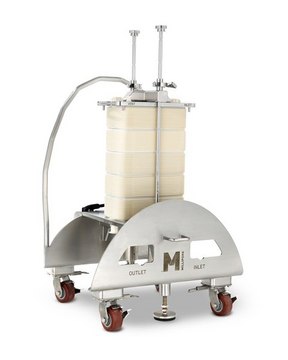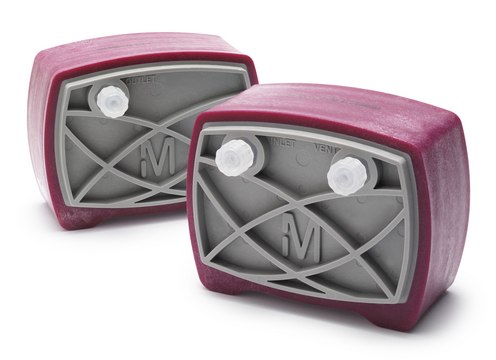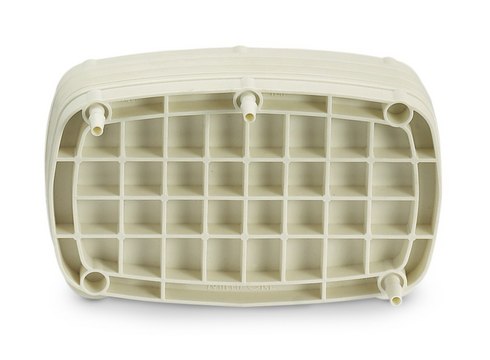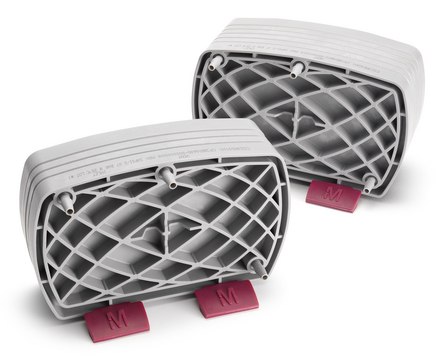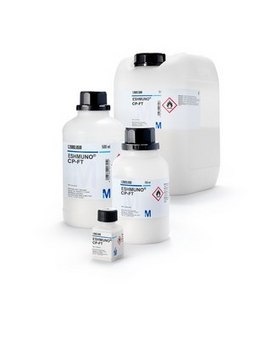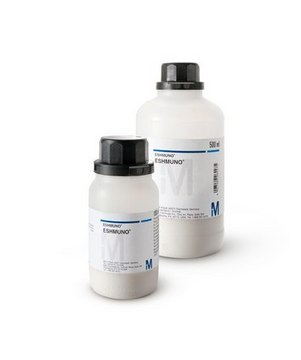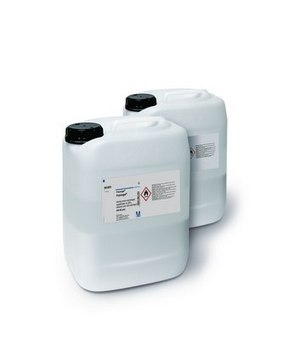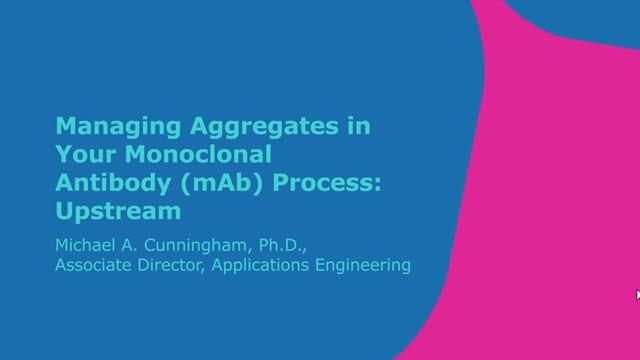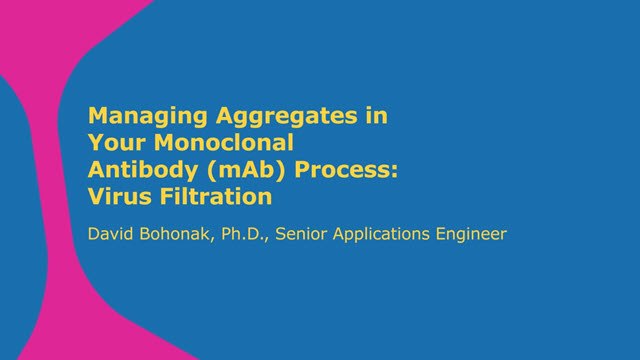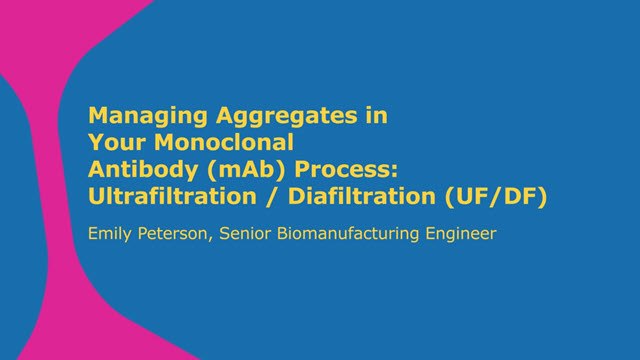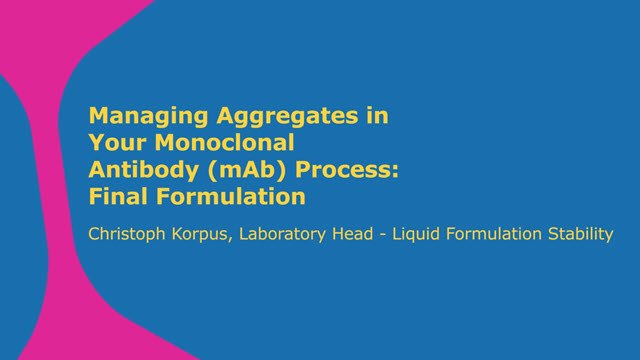Detecting & Removing Aggregates
Biological products such as monoclonal antibodies (mAbs) are prone to protein aggregation during production. Aggregation leads to challenges in the production environment, impacting the efficiency of purification operations. More importantly, it can lead to drug safety concerns for patients; high levels of aggregates can over-stimulate the patient’s immune system, resulting in adverse responses. For these reasons, the aggregate level in drug products is considered a critical quality attribute, and aggregate control throughout both upstream and downstream processing is a focus area for biomanufacturers.
Aggregates are formed by association of multiple protein molecules (multimers) held together permanently or reversibly. They range from as few as two to many associated protein molecules.
Aggregate control starts with clone selection upstream and continues downstream with careful control of elution from capture chromatography and incubation in low pH viral inactivation steps. Excipients and stabilizers can be used to minimize aggregate formation while chromatographic steps downstream are used for efficient aggregate removal. The efficiency of some downstream operations such as virus filtration can be significantly impacted by the presence of aggregates, and adsorptive prefiltration is often used to minimize batch-to-batch variability and enhance process robustness.
Approaches to minimize aggregate formation include:
- Molecule and cell line manipulation
- Careful selection of process consumables and excipients
- Optimization and control of process parameters
Minimizing aggregates improves process efficiency, at a time when flexibility and speed to market are increasingly important.
Visit our document search for data sheets, certificates and technical documentation.
Related Articles
- Viral safety in bioprocessing relies on a framework of (1) preventing contamination, (2) detecting contamination, and (3) removing or inactivating viral contaminants.
- Multivariate data analysis (MVDA) makes possible a proactive, real-time approach to monitoring, controlling, and predicting quality and productivity in biomanufacturing. The use of proven software with guided PCA and PLS model creation means you don’t need to be a data scientist to explore and analyze your data.
- Key aspects of single-use assembly qualification including quality by design (QbD), quality risk management (QRM) and operator handling and training.
- Before adoption of single-use technologies in biomanufacturing, manufacturers must assess the risk to the drug product from potential leachables. This article highlights a general approach based on the United States Pharmacopeia (USP).
- How software can simplify 21 CFR Part 11 and EudraLex Volume 4 Annex 11 compliance and provide additional benefits such as access control, audit trails and easier search and retrieval.
- See All (13)
Related Protocols
- This article describes a purification process resulting in low nanoparticulate impurities sucrose, enabling more stable protein formulations.
- See All (1)
Find More Articles and Protocols
How Can We Help
In case of any questions, please submit a customer support request
or talk to our customer service team:
Email custserv@sial.com
or call +1 (800) 244-1173
Additional Support
- Chromatogram Search
Use the Chromatogram Search to identify unknown compounds in your sample.
- Calculators & Apps
Web Toolbox - science research tools and resources for analytical chemistry, life science, chemical synthesis and materials science.
- Customer Support Request
Customer support including help with orders, products, accounts, and website technical issues.
- FAQ
Explore our Frequently Asked Questions for answers to commonly asked questions about our products and services.
Workflow
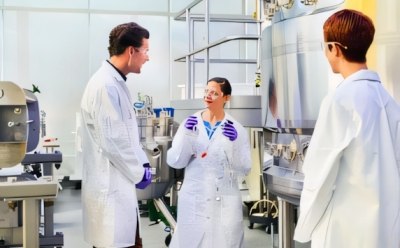
Upstream
The upstream process begins with cell line development and includes all steps up to cell harvest, with the goal of increasing cell densities and product titers to maximize mAb production
Downstream
From cell harvest through final filling into vials, the comprehensive focus of downstream bioprocessing is on purification while controlling bioburden and assuring viral safety, in order to provide confidence in drug safety for patients
Final Filtration and Filling
Final filling of drug products must meet stringent requirements for sterility, integrity, cleanliness, operational safety, and efficiency
Viral Safety
Based on the principles of “prevent, detect, and remove,” viral safety combines risk analysis with careful selection of raw materials, extensive testing of raw materials and process intermediates, and implementation of virus reduction steps in downstream processing
Bioburden Control
All mAb production processes are at risk for microbial contamination, requiring a process design with control strategies to mitigate the risk, as well as bioburden monitoring to assure process control
To continue reading please sign in or create an account.
Don't Have An Account?